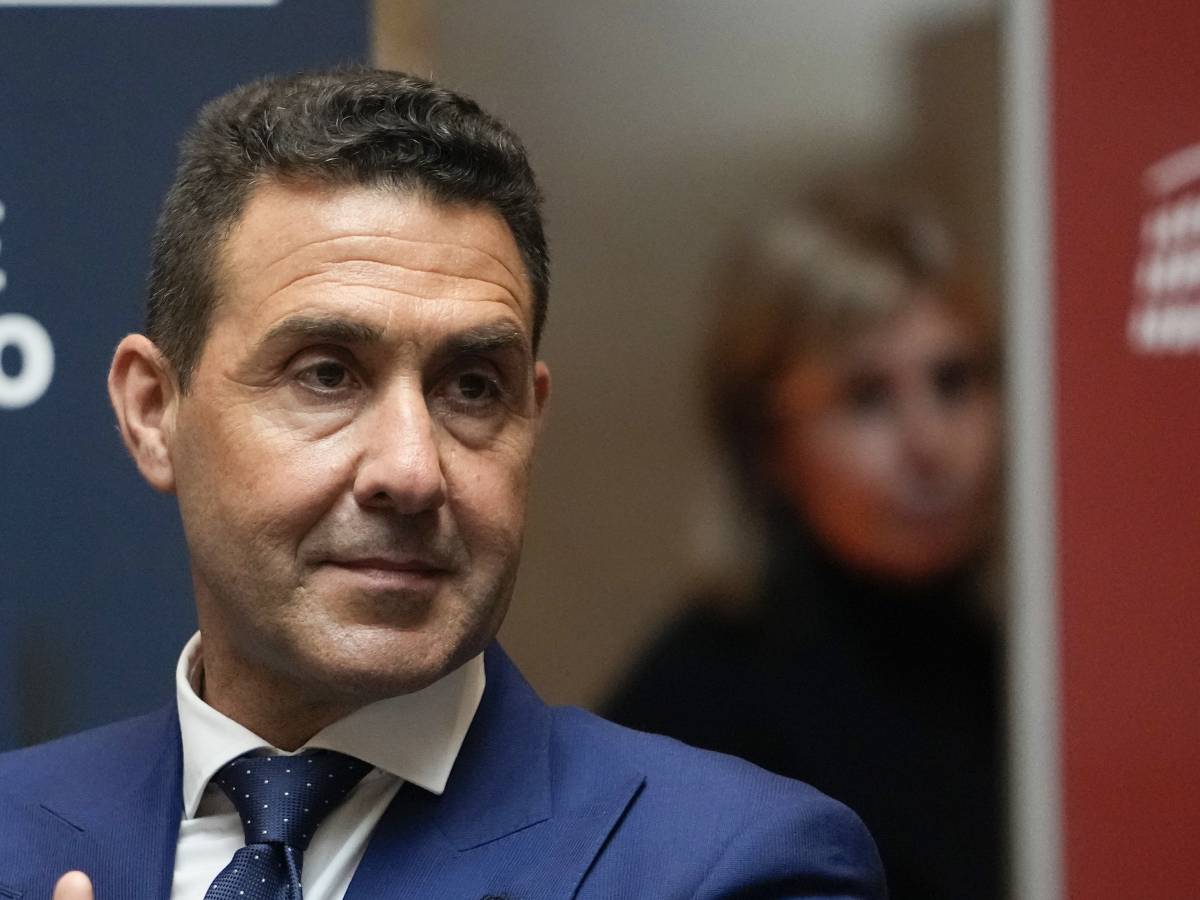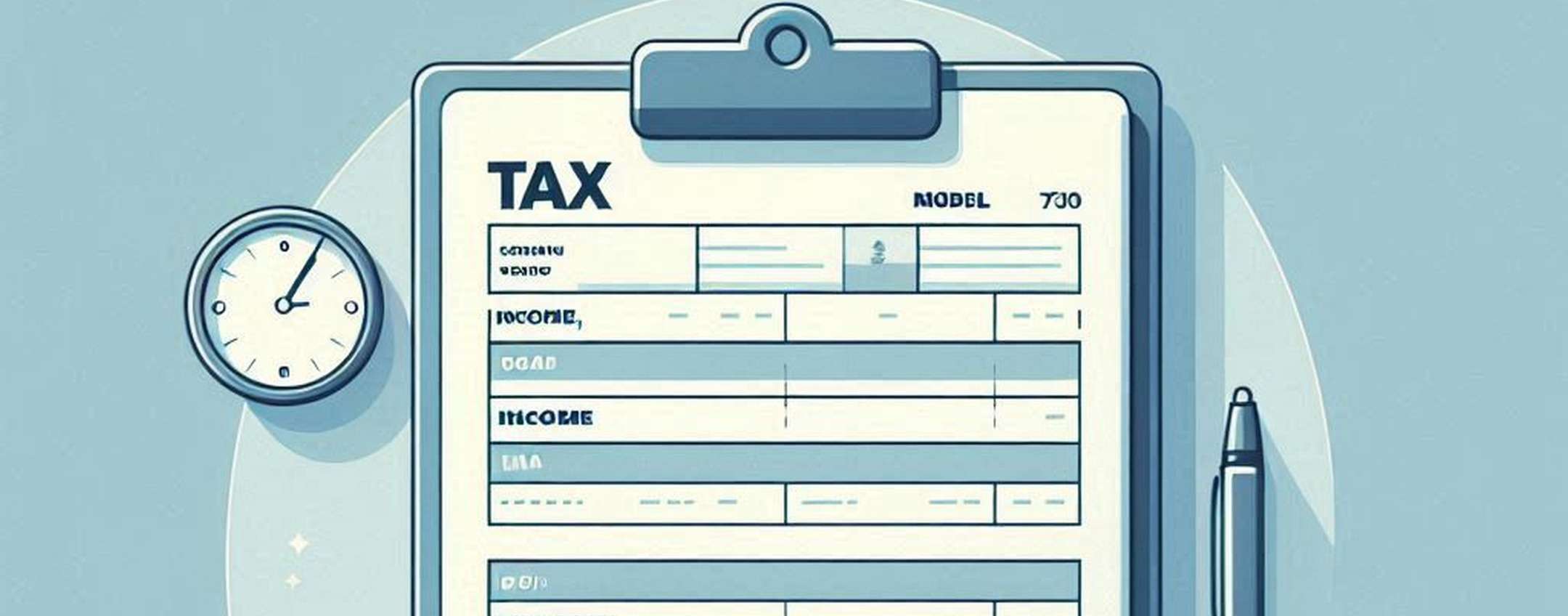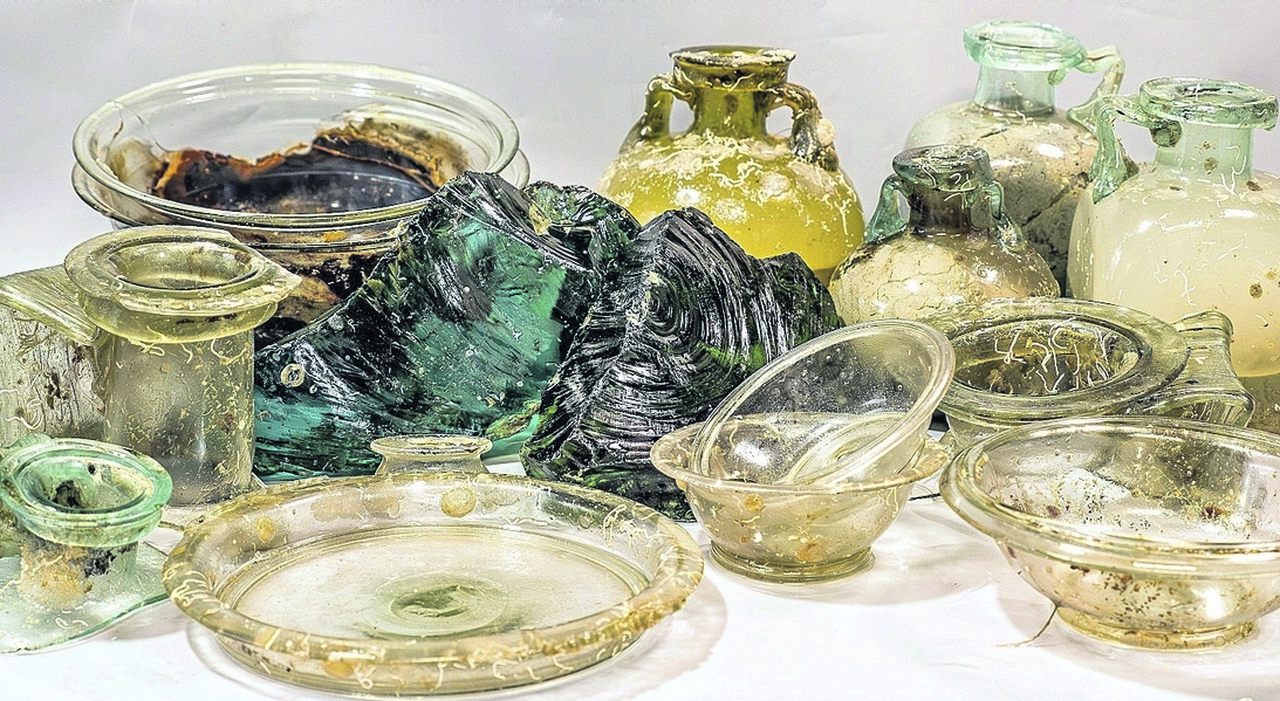The blue of the sea was almost impenetrable at depths of more than 350 metres. Darkness seemed to envelop everything and every creature. But the light shown by Arthur, the new prototype of the Arcaio underwater robot specialized in documenting and retrieving finds in very deep waters, gave an unexpected surprise in those Italian waters between the island of Capraia and Capo Corso off the coast of Corsica. An authentic glass treasure from more than two thousand years ago. Enormous deposits of refined objects, including vases, cups, bottles, plates, basins, and all blown glass artifacts, all, perfectly preserved as if they came out of a shop window today. A show within a sea show, where lobsters and fish seem to inhabit those transparent creations, as if they were invited to a precious banquet.
Titan, background: Rush wanted to use the submarine to extract minerals from the ocean floor
the mission
An affection for the team of underwater archaeologists of the Italo-French Bilateral Expedition who unearthed the extremely rare load of glass from a Roman wreck dated between the end of the first century and the beginning of the second century AD. The ship was sunk with a cargo consisting almost exclusively of glass, transported in its raw state, in several tons of rough blocks of various sizes, and worked as thousands of artefacts made of hand-blown glass,” says Barbara David of the Messenger, National Supervisor of Submerged Cultural Heritage. Water in the Ministry of Culture, and still affected in her voice.
Marseille markets at the time. Glass blocks intended for kilns to be worked on, serving plates, cups and mugs for decorating banquets of luxury residences. The first search expedition, which was to explore the ship that had been intercepted a few years ago but remained in the darkness of the seabed, not only “found” treasure but also recovered it, as a result of a strategic collaboration with the Département des Recherches Archéologiques subaquatiques et sous-marine (Drassm) directed by Archaeologist Franca Cibecchini and Inrap, with archaeologist Souen Fontaine specializing in ancient glass. An all-female institution, marine biologist Nadine Lubris and diagnostician Carlotta Sacco Perasso also attended.
No mean feat at those depths. “When you reach the bottom of the sea, everything is so dark and dark, that huge blocks of raw glass seemed at first like boulders – explains Barbara Davidde – it was the light given off by the two robotic submarines that made us understand nature’s special cargo. In front of us were tons of glass blocks The rough and round about us are endless deposits of glass objects, such as vases, cups, bottles and plates of blown glass, all nearly whole.” The headquarters of the expedition was the flagship research vessel Alfred Merlin. From here the high-tech submersible explorers, Rove Arthur and Hilarion, were lowered into the water.” Arthur Davidde, which is able to go very deep, is specifically designed to carry out reconnaissance, surveys and archaeological recoveries – while Hilarion specializes in supporting photos, videos and documentation».
mechanical arm
Emotion accompanied every stage of the investigation: «The recovery phase of the first vitreous was full of tension – Barbara Daviddi recalls – it was an intact bottle. I anxiously watched Arthur’s mechanical arm recover without damaging such a fragile artifact, preserved at a depth of more than 350 metres, after the dramatic shipwreck, a tragic event he survived. I was afraid it would break…” Thanks to the very delicate claw system mounted on Arthur, several glass objects (bottles, plates, bowls, glasses, immovable) but also two bronze basins and some amphorae were recovered, to be taken to the laboratories of the Supervisory Authority of Taranto.
Read the full article
on the messenger

“Incurable internet trailblazer. Troublemaker. Explorer. Professional pop culture nerd.”







More Stories
How to find out if you have anxiety using your smartphone: The hidden test that reveals your health condition
How to Fix Damaged External Hard Drive in Few Minutes: Few Steps to Avoid Losing Any Data
Honda cbr650R: Tests and responses without a clutch leave everyone in awe